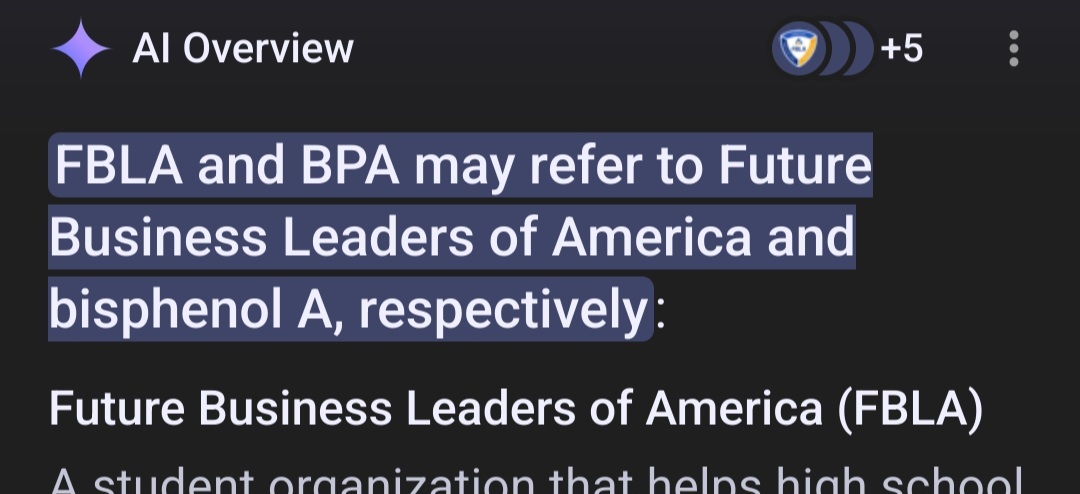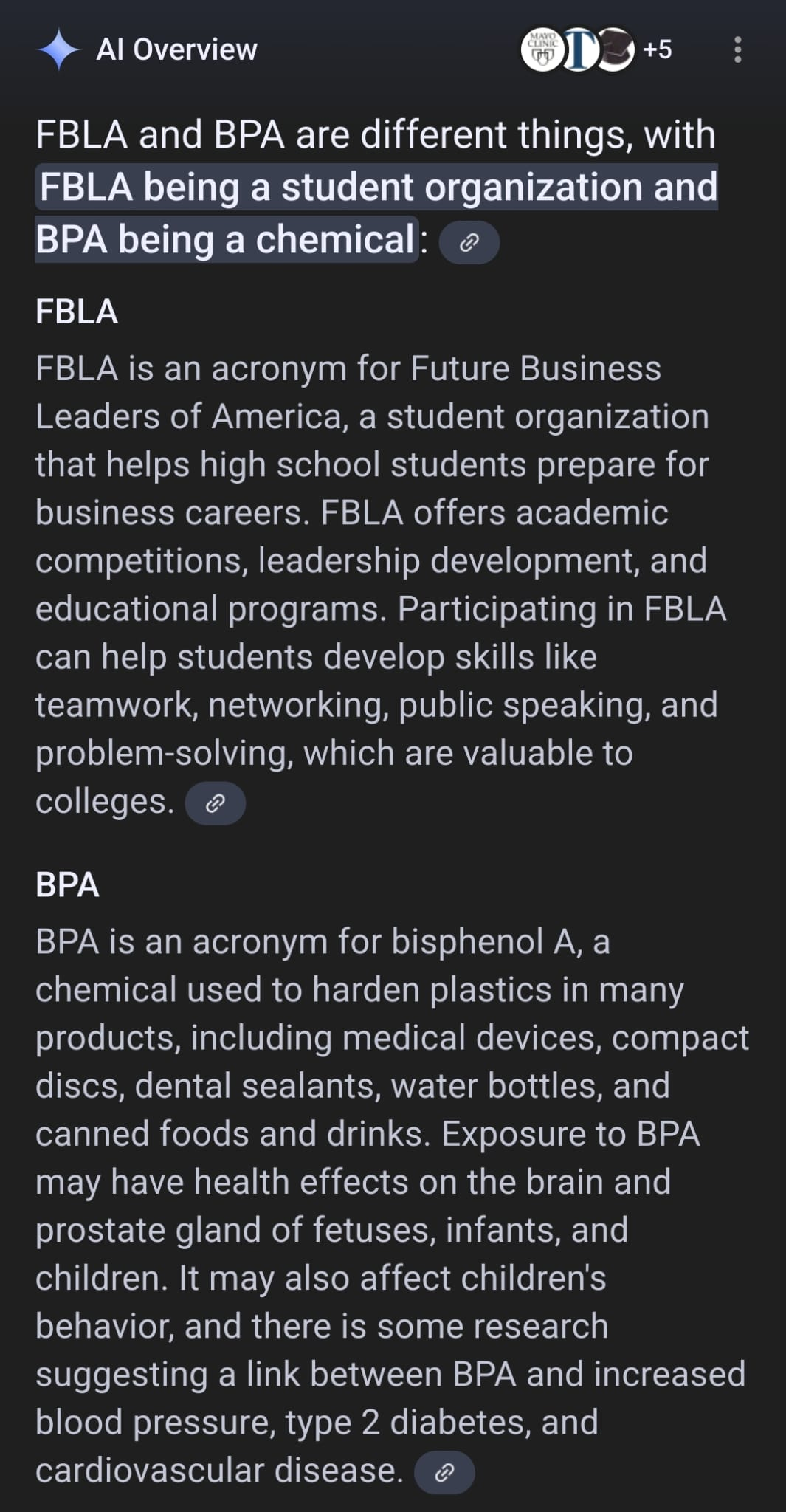Our crappy vendor software will only function if IPv6 is disabled network wide. Even if one machine has it enabled, the whole thing breaks
Lol our former crappy vendor solution required to be run directly from AD Administrator. Pure luck the entire business didn’t collapse before we replaced it.
A thread I read a long time ago on r/sysadmin






They’re clearing out the scene before the switch 2 releases because they perceive the current emulators as a major threat somehow.
Which I assume means that the new switch is similar enough in architecture that it would be relatively trivial to ship a fully functional emulator on hardware release.
Pretty insane because at least in the USA, emulation is protected by law, except if someone can successfully argue that you are bypassing DRM which is illegal.
In a working system, this wouldn’t be an issue but I imagine neither Yuzu nor Ryjunix would want to deal with Nintendo’s insane law team that could wreck them financially in a matter of days before even entering a court room.
I hope someone either makes an anonymous dev team for a future project, or gets assistance from a consumer justice firm/group to properly argue in court to shut Nintendo down. They really should not be able to do this because it was already a thing 24 years ago: